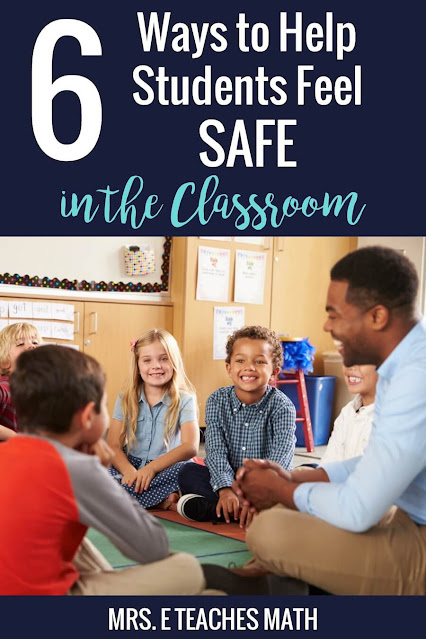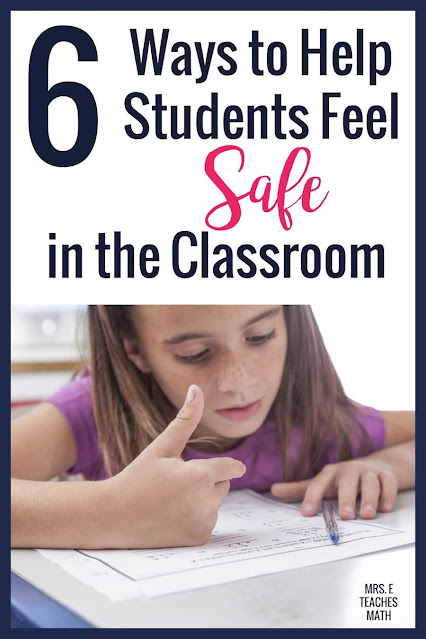By Cate O'Donnell
Our brain's only job is to keep us alive. Everything the brain does is to maximize our chances of survival. A protective brain is essential for trekking through a jungle full of snakes, but it can make learning difficult.
Fight, Flight, or Freeze Response in the Classroom
Our brains are always scanning the environment for threats. They are hypervigilant about what could go wrong. Threats can be physical, such as snakes, spiders, or weapons, or they can be social. The earliest humans only survived by working together in groups, so our brains have had a very long time to learn that belonging means safety. Any signals of exclusion are significant threats to the human brain.
Inside the brain, the thalamus collects sensory information from all over the body. If it perceives a threat, it sends a signal directly to the amygdala, which, among other things, initiates the fight, flight, or freeze response. The signal travels so fast that the amygdala responds to a threat before we are even aware of it. This immediate response is the difference between life and death if a lion is charging, but it can cause problems if the threat is social.
When the amygdala triggers the fight, flight, or freeze response, we literally can't think because our prefrontal cortex doesn't have any information yet. Our entire body focuses on producing a burst of energy to escape the threat. Our adrenal glands release epinephrine to increase our heart rate, blood pressure, and breathing, and our muscles contract to face the challenge.
 |
| The amygdala and thalamus are part of the limbic system. The limbic system manages the emotional responses and memories of the brain. |
It typically takes about thirty minutes to recover from an activated flight, fight, or freeze response. That is an eternity in a classroom full of students. As a teacher, you may not even know a student is experiencing this stress. Spotting fight responses are easy, but flight and freeze aren't always as obvious. For example, a student may ask to use the bathroom to get away from a perceived threat. A student who freezes may look compliant but is totally disassociated from what is happening in the classroom.
It is incredibly challenging to stop the cascade once a student's fight, flight, or freeze response has been activated. Luckily, there are steps you can take to prevent the amygdala from triggering.
The most important thing you can do for your students is to help them feel safe in the classroom. There is an important distinction between feeling safe and being safe. A person can be safe but not feel safe and vice versa.
To feel safe, you must believe you can cope with the challenges that may arise. This is why we can be safe, but not feel safe. If we are in an unfamiliar environment, we don't know what challenges we will face, so we will feel unsafe even if we are perfectly fine. On the other hand, unsafe environments can feel safe if we know what to expect, even if what we expect is terrible.
How to Help Students Feel Safe in the Classroom
1. Have a predictable schedule. To help your students feel safe, your classroom needs to be a predictable place. Having a routine and consistent consequences and expectations will show your students that they can cope with the classroom challenges.
2. Give students limited choices. Feeling in control is another vital part of feeling safe. Giving your students some choice throughout the day helps them feel in control. Too much choice can be overwhelming, but a choice between two or three options is perfect for children and adolescents.
3. Share time limits for projects and tasks. Time limits also help us feel in control. Knowing how long we have to work on a task helps students manage their emotional responses to an assignment.
4. Smile, speak in a soothing voice, and use calm gestures. As much as our brains scan for social threats, they also look for signs of social belonging. When our brains get signs that we are part of a group, it relaxes. We can send signals of belonging to our students to help them feel comfortable in the classroom. Speaking in a soothing voice, having a smiling or relaxed face, and using calm gestures all show students they are accepted and in a safe environment.
5. Teach students about their brains. Finally, the most powerful thing you can do to help your students feel safe is to teach them about their brains. Once students know about how their brains respond to threats, they can better take control back from the amygdala.
6. Give students strategies they can use to overcome a triggered amygdala. The first step in overcoming a triggered amygdala is to recognize that it is happening. Our body responds to a threat before we are even aware of it, but we can identify the response by paying attention to our bodies. Epinephrine increases our heart rates, blood pressure, and breathing. It can also make our muscles feel tight and our cheeks feel warm. When we feel these changes, we know our body is feeling threatened.
Having empathy for others is especially important as a teacher because your brain works the same way as your student's brains. Your amygdala will react if you feel disrespected or ignored by your students, and you will begin a fight, flight, or freeze response. If you can catch yourself and get to a place of empathy for the misbehaving student, you will be better equipped to lead them out of the emotional upheaval.
To sum up, our brain's only concern is keeping us alive, and it won't relax unless we feel safe. However, feeling safe is different from being safe. To feel safe, students have to believe they can cope with challenges that may arise. Students can't learn until they feel safe, so spending time to help them feel safe is an essential part of your job in the classroom. Don't be afraid to take the time you need to build your classroom community around safety.
About the author: Cate O'Donnell has taught in a variety of classroom settings from third grade to middle school. When she took a break from teaching four years ago to take care of her four kids and two dogs, she because obsessed with understanding how the brain works to make learning as efficient as possible. She now writes blog posts about brain science in education and creates education resources that apply what she has learned about how we learn. You can learn more about Cate and her resources at The Productive Teacher.




